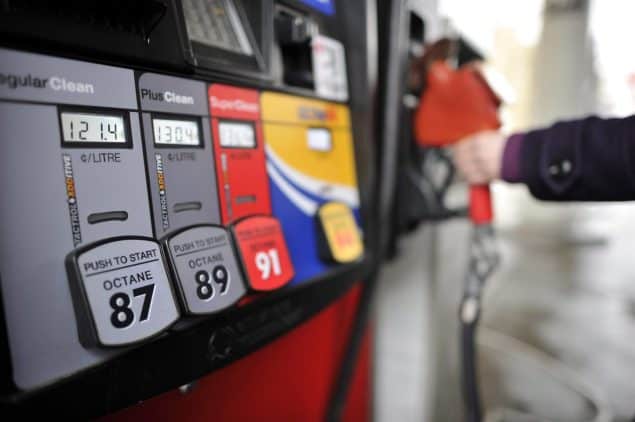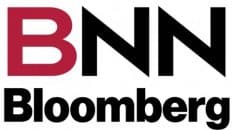At this time of year, many diesel consumers are asking us what to look for in prices for the coming year.
It is important to establish where we are now in order to gauge the pricing momentum and estimate its carry over potential for 2021.
This year has been a disaster for the oil industry with supply far out pacing demand based entirely on the pandemic that is taking no prisoners including the global upstream and downstream operations of the petroleum sector, not only here in Canada.
For example, Valero Energy, with 15 refineries and a throughput of 3.2 million bpd., announced a Q3 loss of $629 million compared to a profit of $1.1 billion in Q3, 2019.
Hmmm! Where to begin?
On the supply side, U.S. inventories of middle distillates are 19% higher than the 5-year average. Demand for total distillates is down close to 4%, but if we isolate jet fuel then there is no demand being down 46%.
If we were then to look at simple supply and demand as it stands today, and ignore any other factors then pricing for the balance of the year and into early/late winter 2021 would call for lower prices in the order of 3 to 5%.
However, lower rack and consumer prices will force down crack spreads or refining margins.
This can only be reversed in favour of the oil industry if crude prices fall and/or rack prices increase.
Crude prices can indeed fall if OPEC and its clan of BBF’s decide to increase supply into an already saturated market.
The other option is to go the other way with diesel and gasoline supply by lowering refinery runs. Refinery utilization along the eastern seaboard is already down to 65% capacity. Even runs in the Gulf Coast refining hub are down to 69% capacity prompting commentators in the region to question why they are operating at all. Lower this number any further, and facilities may just shut down permanently as we saw with the Come-by-Chance story (see En-Pro Weekly Energy Report Thursday October 15, 2020).
Lowering refined product supply is an artificial way of inferring an increase in demand and therefore higher futures and spot prices at NYH; which leads ultimately to higher rack prices on both sides of the border.
Prices may also increase depending on Mother Nature’s weather pirouettes!
The latest comments by the National Oceanic and Atmospheric Administration (NOAA), the Grand Daddy of all Farmer’s Almanacs, indicate the coming of a colder than normal winter, which will lower distillate inventories and increase prices.
If the oil industry is relying on prolonged subzero temperatures to increase refining margins associated with weather, and therefore an increase in middle distillate demand, then they, and we, are ignoring the fact that demand for transportation fuels is not winter dependent.
So, unless there is a dramatic increase in demand for ULSD and jet fuel then we can’t see any logical reason for prices increasing over the last six months of 2021.
As always, there is a proviso or two.
First will be Ottawa’s insistence on an increase in the carbon, levy, fee or charge (pick a name, any name).
Second will be another politically induced factor in pricing, which is the upcoming U.S. presidential election.
The only certainty in all of this is the uncertainty of the outcome and certainly that something the Canadian and U.S. oil industry should be watching.
My advice to the Canadian oil industry is: “Watch your backs!” Because I have no confidence that Ottawa, in its present form, will do anything to help this dire situation the oil industry finds itself in.
– Roger McKnight – B.Sc., Senior Petroleum Analyst








Add comment